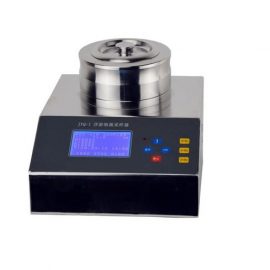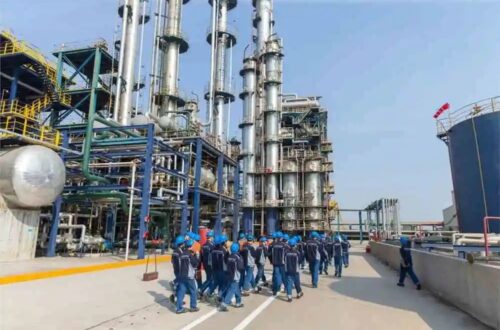
Microbial Air Sampler: A Comprehensive Review of Applications and Advancements

# Microbial Air Sampler: A Comprehensive Review of Applications and Advancements
## Introduction
Microbial air samplers have become indispensable tools in various fields, from healthcare to environmental monitoring. These devices play a crucial role in detecting and quantifying airborne microorganisms, providing valuable insights into air quality and potential health risks. This article delves into the applications and recent advancements in microbial air sampling technology.
## Understanding Microbial Air Samplers
Microbial air samplers are specialized instruments designed to collect and analyze airborne microorganisms, including bacteria, fungi, and viruses. They operate by drawing a known volume of air through a collection medium, such as agar plates or liquid solutions, where microorganisms are captured for subsequent analysis.
### Types of Microbial Air Samplers
There are several types of microbial air samplers, each with its unique mechanism and application:
– **Impaction Samplers**: These samplers use inertial forces to impact airborne particles onto a solid surface, typically an agar plate.
– **Impinger Samplers**: These devices collect microorganisms by bubbling air through a liquid medium, capturing particles in the solution.
– **Filtration Samplers**: Air is passed through a filter membrane, trapping microorganisms for later analysis.
– **Electrostatic Precipitators**: These samplers use an electric field to charge particles, which are then collected on a charged surface.
## Applications of Microbial Air Samplers
Microbial air samplers are utilized in a wide range of applications, each requiring specific sampling techniques and analysis methods.
### Healthcare Settings
In hospitals and clinics, microbial air samplers are essential for monitoring air quality to prevent healthcare-associated infections (HAIs). They help identify potential sources of contamination and assess the effectiveness of air purification systems.
### Environmental Monitoring
Environmental scientists use microbial air samplers to study the distribution and concentration of airborne microorganisms in various ecosystems. This data is crucial for understanding microbial ecology and assessing environmental health.
### Industrial Applications
In industries such as pharmaceuticals and food production, maintaining sterile environments is critical. Microbial air samplers are used to ensure compliance with regulatory standards and to monitor the effectiveness of cleanroom operations.
### Research and Development
Researchers employ microbial air samplers to study the behavior and survival of airborne pathogens, contributing to the development of new strategies for disease prevention and control.
## Recent Advancements in Microbial Air Sampling Technology
The field of microbial air sampling has seen significant technological advancements, enhancing the accuracy, efficiency, and versatility of these devices.
### High-Throughput Sampling
Modern microbial air samplers are capable of high-throughput sampling, allowing for the collection of large volumes of air in a short period. This is particularly useful in environments where rapid assessment is required.
### Real-Time Monitoring
Advancements in sensor technology have enabled the development of real-time microbial air samplers. These devices provide immediate feedback on air quality, allowing for prompt corrective actions when necessary.
### Miniaturization and Portability
The trend towards miniaturization has led to the creation of portable microbial air samplers. These compact devices are ideal for field studies and on-site monitoring, offering greater flexibility and convenience.
### Integration with Analytical Techniques
Integration with advanced analytical techniques, such as PCR (Polymerase Chain Reaction) and next-generation sequencing, has enhanced the ability to identify and quantify specific microorganisms with high precision.
## Challenges and Future Directions
Despite the advancements, microbial air sampling still faces several challenges. These include the need for standardized protocols, the difficulty in capturing viable but non-culturable microorganisms, and the interpretation of complex data sets.
### Standardization of Protocols
The lack of standardized sampling protocols can lead to variability in results. Efforts are underway to establish universal guidelines to ensure consistency and comparability across studies.
### Detection of Viable but Non-Culturable Microorganisms
Some microorganisms may be viable but not culturable under standard laboratory conditions. Developing methods to detect these organisms remains a significant challenge.
### Data Interpretation
Keyword: Microbial Air Sampler




